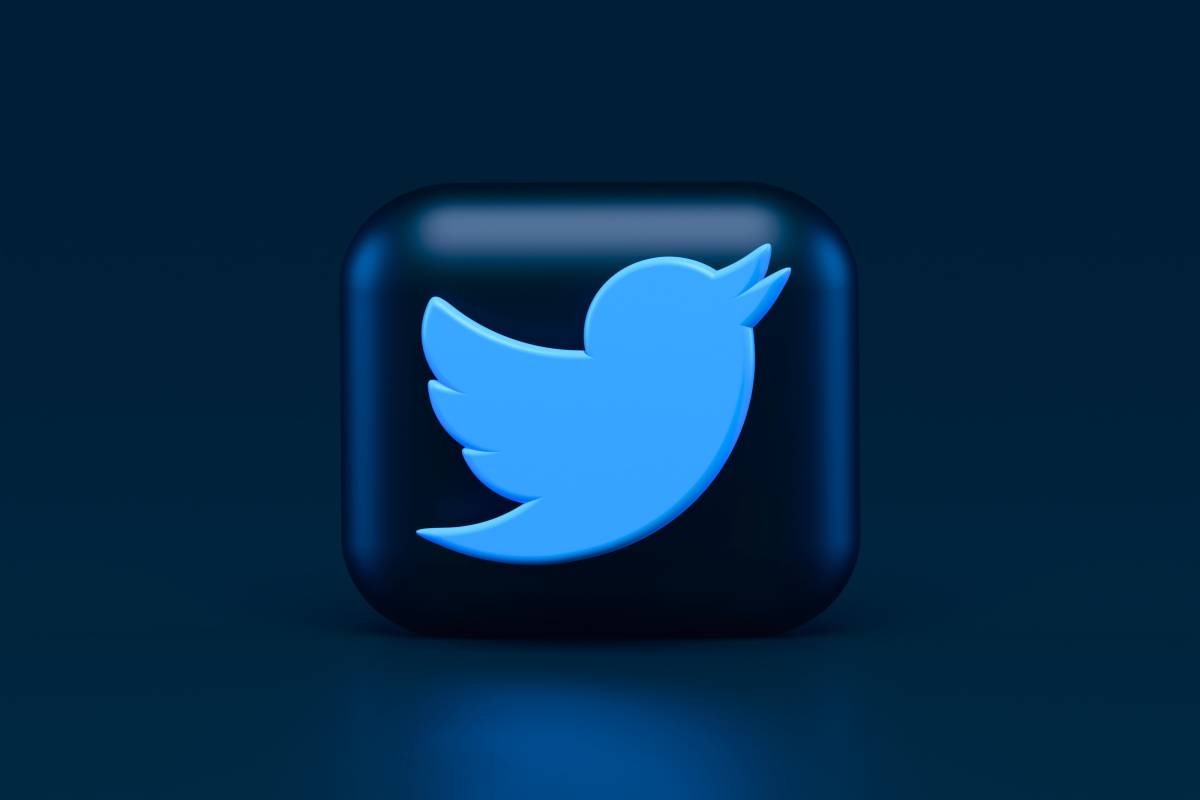Skift Take
Though useless for driving visitation, Twitter still serves a purpose as a tool to help tourism agencies support conference and community engagement.
Twitter continues to decline in relevancy in destination marketing. The platform has been reduced to a press release distribution platform because of its ineffectiveness at audience reach and engagement, politicization and competitors offering better storytelling capabilities.
Twitter has been the must-have platform among tourism agencies for the last decade. Nearly every tourism agency, especially in the U.S., has a Twitter account, but their investment in the platform is on a downward slope.
Tourism agency Twitter accounts tweet infrequently. For example, Visit Montana, which has over 70,000 followers, last retweeted on September 1 last year about a weather warning.
Twitter has fallen from third to fifth place in importance for Destination Toronto in the last five years, according to vice president of marketing Paula Port. This year more energy will be spent on TikTok and Instagram to further the tourism agency’s storytelling strategy, she said. Destination Toronto has nearly 140,000 followers on Twitter.
Tourism agency client-paid social media and campaign budget allocation toward Twitter, which never exceeded 25 percent, has continued to shrink, according to Mackenzie Bromley, vice president of social media and content strategy for MMGY Global, a travel and hospitality marketing agency. A big part of that has been due to the staff reductions and change in department priorities at Twitter after Elon Musk’s acquisition as well as competitors like TikTok.
When state governors banned their tourism agencies from using TikTok, Twitter wasn’t mentioned as an alternative investment. “When we have a budget for social media across the board, we will allocate what had been planned for TikTok into Facebook, Instagram and Pinterest,” said Utah Office of Tourism Director of Marketing and Communication Ben Cook.
Twitter serves primarily as information and news distribution now. Tourism agencies typically use it to share blog posts, announcements and partner content. “It’s more of an informational tool. It’s definitely as marketing goes, minimal impact,” said Utah Office of Tourism Public Relations Manager Anna Loughridge.
The news-centering makes the platform very focused on what’s happening now. The timeline changes so fast that tourism agencies would have to commit their already stretched resources to stay on top of it like airlines, which are obligated to be on it, especially for customer service, according to Dave Serino, founder and chief strategist for TwoSix Digital, a digital marketing agency.
The audiences that follow tourism agencies on Twitter tend to be more local than other audiences on TikTok, Facebook and Instagram, where followers are more international, according to MMGY’s Bromley. Combined with Twitter’s news distribution focus, the agency becomes another local institution residents follow for updates on what’s happening in their community.
“It’s very in-the-moment, which is great and really helpful for locals and residents but less for visitors from a planning perspective,” said Toronto’s Port.
Twitter hasn’t been very effective for reaching and engaging with new audiences as other platforms. “We haven’t really seen the growth there. Over the last couple of years, our reach, followers and engagement have been stable,” said Port. In contrast, video-sharing platforms like Instagram and TikTok has provided more returns on engagement, she said.
Interactive storytelling isn’t as facilitated on Twitter as it is on Instagram and TikTok. “We’re sort of moving away from Twitter kind of more and more because it just tends to be a different kind of interaction,” said New Orleans & Company President and CEO Walt Leger III as he embraces a direct-to-consumer strategy. “Feels like Instagram and Facebook you can tell a little bit of a story.”
Another reason tourism agencies are scaling back is to stay out of the toxic politicization of the platform for brand safety. During the Trump era and the pandemic, politics consumed dialogue on platform and continues to do so, polluting it with negativity, according to MMGY’s Bromley. About a third of tweets from U.S. adults are political, according to the Pew Research Center.
Where Twitter still brings value is supporting meetings and events, said TwoSix Digital ‘s Dave Serino. The platform’s in-the-moment facilitation can be effective for supporting ongoing events and conferences at a destination.
Destination Toronto uses Twitter to drive engagement during meetings and events and participate in conversations with the meeting and events industry. “We see that becoming the priority of the channel moving forward,” said Toronto’s Port.
The Daily Newsletter
Our daily coverage of the global travel industry. Written by editors and analysts from across Skift’s brands.
Have a confidential tip for Skift? Get in touch
Tags: destination marketing, facebook, instagram, social media, social media marketing, tiktok, toronto, twitter
Photo credit: Twitter has become irrelevant to destination marketing. Alexander Shatov / Unsplash

